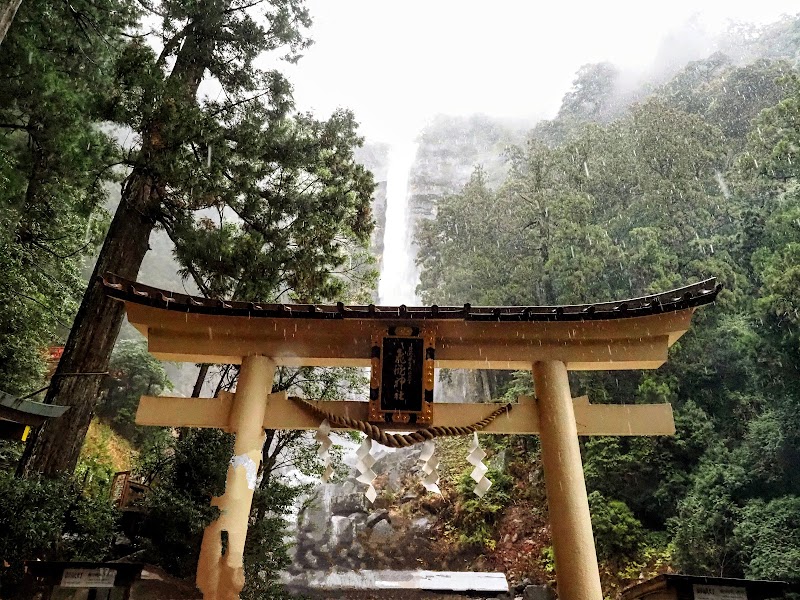
Experience the thrill of the Kobe Marathon, a city race where coastal winds, urban landscapes, and cultural touchstones fuel your every step. This guide offers practical advice and vivid insights to prepare runners of all levels for the challenging yet rewarding 42.195-kilometer course through Kobe, Hyogo.
Hydrate Strategically
Take advantage of hydration stations every 5 kilometers but bring a small hydration pack or bottle, especially if you run at your own pace outside the pack to stay ahead of dehydration.
Choose Responsive Running Shoes
Opt for shoes with firm support and good cushioning to handle long asphalt stretches and occasional elevation changes without fatigue.
Arrive Early for Warm-up
Plan to arrive at the start line at least an hour early to stretch, acclimate to the weather, and get oriented with course conditions and crowds.
Pace for the Inclines
Manage your energy around the course’s gentle but persistent elevation changes by slowing slightly on climbs and recovering speed on descents.
The Ultimate Guide to Running the Kobe Marathon in Hyogo
The Kobe Marathon offers more than just the challenge of 42.195 kilometers—it’s a vivid race through the heart of Kobe, Hyogo, where urban energy meets coastal freshness. Starting near the iconic Meriken Park, the course demands endurance and focus while rewarding runners with panoramic views of the harbor and a pulse of local culture.
Runners face a course that weaves through the city’s varied terrain, with elevation changes reaching about 100 meters—enough to keep muscles alert without overwhelming. The streets wind past residential neighborhoods, historic sites, and bustling commercial areas. The ocean breeze often sweeps in, daring runners to maintain pace as it pushes forward along the waterfront.
Preparation is key. Hydration stations are strategically placed roughly every 5 kilometers, but with the humid spring climate from November to early December, carrying personal fuel or hydration is wise. Footwear should balance cushioning with responsiveness, allowing quick shifts on asphalt while cushioning impact on bridges and underpasses.
The race’s atmosphere is electric, a community event where locals cheer with banners and spirited signs, encouraging every stride. Key landmarks dot the route, including the Kobe Port Tower and the peaceful Kitano district, lending moments of inspiration and focus. The marathon’s timing avoids peak summer heat but demands readiness for cool, sometimes brisk winds.
Beyond physical readiness, pacing strategies are essential. Start conservatively to conserve energy for the course’s subtle inclines, then use the flats and descents to build momentum. Runners of all levels will appreciate the supportive vibe but should respect the race’s demand—it’s a challenge posed by the city itself, fierce in its vibrancy yet achievable with respect and preparation.
Whether you’re a casual runner aiming for a personal milestone or a seasoned marathoner seeking a new course, Kobe’s marathon combines the thrill of the path with the palpable presence of a city alive. Here, every kilometer invites you to engage with the urban landscape and push a bit further, in a race that’s both a test and an experience.
Nearby Trips
All Adventures
Boat Charters
Water Activities
Adventures near Kobe, Hyogo
Discover the unique and memorable adventures that make Kobe, Hyogo special.
Frequently Asked Questions
What kind of terrain does the Kobe Marathon cover?
The course runs entirely on paved city streets with gradual elevation changes up to about 100 meters, balancing flat coastal stretches with gentle uphill and downhills through diverse neighborhoods.
Are aid stations available throughout the race?
Yes, hydration and nutrition stations appear roughly every 5 kilometers, offering water, sports drinks, and light snacks to keep runners fueled and hydrated.
What are the weather conditions typically like during race time?
Held in November, expect cool to mild temperatures with humidity and occasional coastal winds, which can push runners forward or create resistance depending on direction.
Is the Kobe Marathon suitable for first-time marathoners?
The moderate course and strong community support make it approachable for newcomers who have trained sufficiently, but pacing and hydration strategies are crucial to finish comfortably.
Are there any notable cultural highlights along the route?
Runners pass several landmarks including the historic Kitano area and the modern Kobe Port Tower, offering glimpses into the city’s blend of tradition and progress.
How can runners best prepare for the elevation changes?
Incorporate hill training and tempo runs ahead of race day to build leg strength and stamina, allowing smooth handling of the course’s rolling sections.
Recommended Gear
Lightweight Marathon Running Shoes
Responsive and well-cushioned shoes help manage the mix of flat and slightly hilly paved surfaces typical of the course.
Hydration Belt or Pack
Supplement official hydration stations with personal fluids to avoid dehydration during the humid race conditions.
Moisture-Wicking Running Socks
High-quality socks reduce the risk of blisters over long distances and maintain foot comfort.
Light Running Jacket
Useful for warming up or during cool wind gusts, easily removed as your body temperature rises during the race.
Local Insights
Hidden Gems
- "Ikuta Shrine area near the start offers a tranquil pre-race atmosphere away from the crowds."
- "The small coastal gardens along the waterfront provide quiet spots that runners pass quickly but are worth a post-race visit."
Wildlife
- "Seagulls frequently circle near the harbor, their calls mixing with the race sounds."
- "Occasional sightings of pigeons and sparrows in urban green spaces punctuate the route."
History
"Kobe has a rich history as a port city with a multicultural influence, reflected architecturally and culturally along the marathon route, from European-style houses in Kitano to modern harbor facilities."
